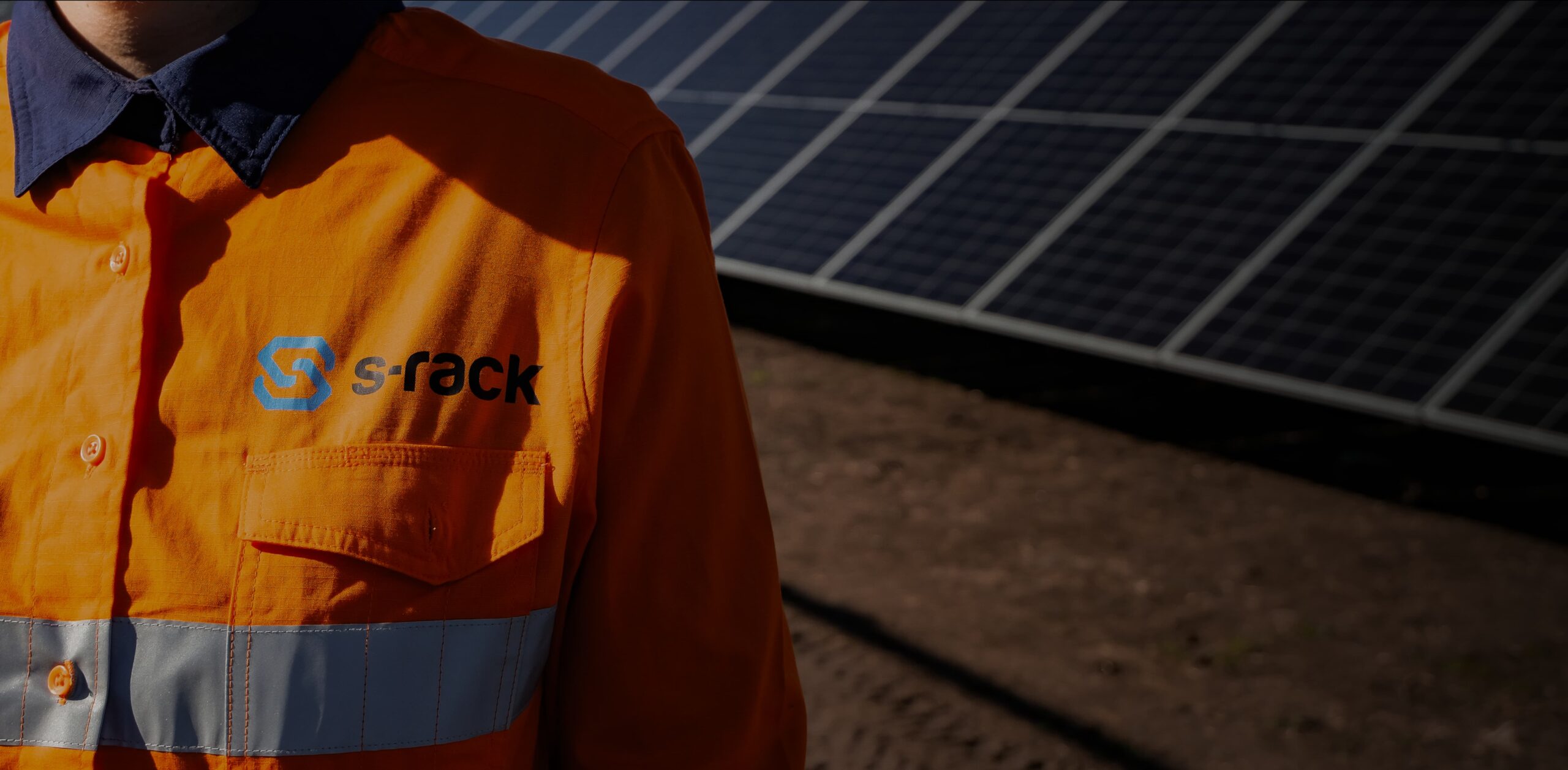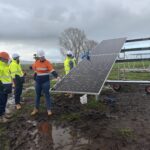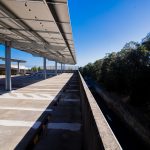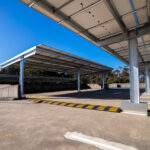
In large-scale solar projects, the choice between tracking systems and fixed-tilt mounts often comes down to a deceptively simple question: is the extra yield worth the extra cost?
As a solar racking supplier, we’ve seen the debate play out across countless projects, climates, and boardrooms. The truth is, there’s no one-size-fits-all answer, but there is a clear way to think about it.
Capex vs Production Uplift
Tracking systems typically increase capital expenditure by 10–20 percent, depending on the scale, site, and supplier. But they can also boost energy yield by 15–25 percent. That uplift is strongest in regions with high direct normal irradiance (DNI), like inland Australia, the Middle East, or the US Southwest. In cloudy, diffuse-light regions like Northern Europe, the return is often marginal.
A fixed-tilt system, on the other hand, wins on simplicity. Fewer moving parts, faster install, less maintenance. For developers chasing lower LCOE and shorter payback periods, especially on flat ground with consistent orientation, fixed mounts often make better sense.
Opex, Maintenance, and Risk
Trackers add complexity. Motors, controls, software. That means more things to monitor, more risk of failure, and higher long-term operating costs. It’s not just the system itself, it’s the technician time, the spare parts inventory, the downtime losses.
That said, in high-yield environments or for asset owners with large, centralised O&M teams, those costs can be managed efficiently. And some modern tracking systems have dramatically improved on reliability.
Land Use Efficiency
Trackers can allow for higher energy density per hectare, particularly single-axis systems. That’s key where land is scarce or expensive. But they also require more spacing between rows to avoid shading, so careful modelling is critical.
Fixed systems are more forgiving in this regard and may better suit irregular parcels or undulating terrain. For carports and hybrid structures, the design and height constraints typically favour fixed solutions.
Bankability and Financing
Some financiers still treat trackers with caution, especially on first-time installs or in jurisdictions with limited track record. Fixed mounts, by contrast, are considered mature, low-risk, and well-understood — which can make the difference in tight project finance negotiations.
That’s changing, but slowly.
The Bottom Line?
Tracking systems can absolutely deliver more energy and stronger long-term returns — but only when the conditions, team, and site support it. Fixed-tilt solutions, done well, remain the backbone of solar infrastructure worldwide for good reason.
At S-Rack, we supply both. We’re not here to sell one over the other. Just to help our partners make the smartest call for their project, not someone else’s.





